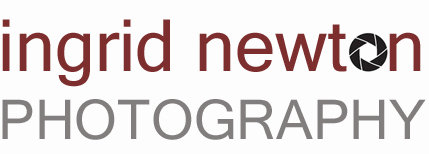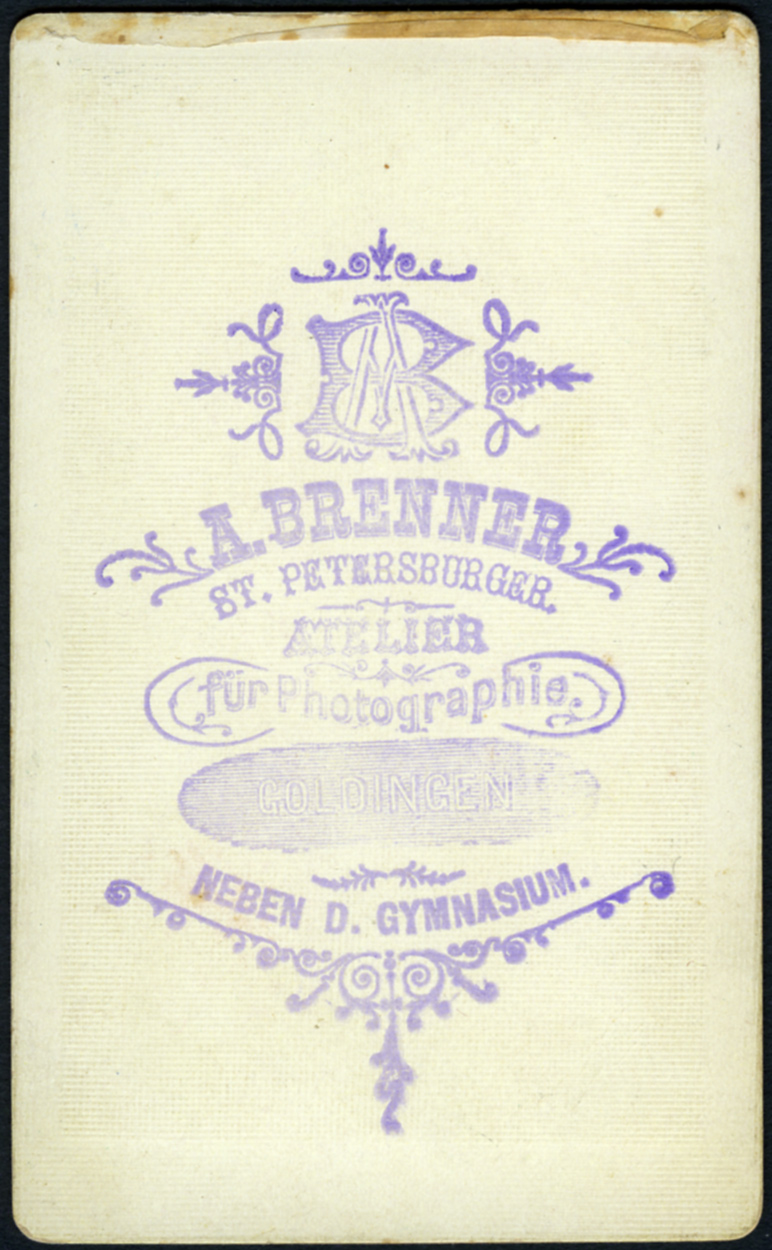It seems that acting runs in the blood in my family as both my great grandparents and grandparents were actors on the stage in Latvia. My mother never knew her grandparents as they both died young and there is little information about them but I unearthed three delightful photographs tucked away in one of her boxes of Latvian pictures - one of my great grandfather as a young boy, one as a young man and one of my great grandmother as a young woman.
Eduards Kaupiņš was born in 1879 in the town of Aizpute, near Liepāja in Latvia. The photograph of him as a boy probably dates from the late 1880s as he must be aged between 7 and 10. The photograph of him as a young man shows him in the pose of a man deep in thought - an intellectual and man of refinement. He had a career in the Liepāja Theatre under the stage name Liesma and went on to perform in theatres in Berlin, eventually becoming artistic director of the Liepāja Theatre. He acted in productions by Chekhov and Strindberg, translated plays, wrote in the press about theatre and published travel notes and literary drafts. There is a certain amount of information about him on the web but as I don’t speak Latvian I have to rely on Google Translate, whose garbled translations often make little sense. However, if I am to believe what is translated, he lost his left eye in a sword fight whilst performing Hamlet on the stage and had it replaced by a glass eye! I don’t remember any talk of this in the family but that doesn’t mean it didn’t happen. You can read more about him here if you can make any sense of it in translation. He died on 28th October 1907 so didn’t even reach the age of 30 and is buried in Liepāja old cemetery.
His wife Anna Kaupiņa was also an actress but there is no information about her at all other than that she worked in the theatre in Liepāja which is where she presumably met her husband. She was born in 1875 so was a few years older than Eduards, and died on 9th February 1911. From the clothes she is wearing in the photograph I am guessing it was taken some time in the 1890s - she looks intelligent, fashionable and well-bred. Her death left my grandmother an orphan at the age of eight.
The reverse of the portraits are also of interest. They are all studio portraits which would have been the custom then - only professional photographers had cameras. The picture of Eduards as a boy is probably a school photo (Gymnasium means school in German). It is stamped Goldingen which is the German name for Kuldīga, a town in Latvia. The photographer’s name is German yet he proudly points out that he is from St Petersburg. At that time Latvia was part of the Russian Empire, yet also had a strong German presence. This photograph is a Carte de visite though by that time they were used less as calling cards and more for collecting. The carte de visite originated in France in 1854 but only became popular after Emperor Napoleon III had photographs published in this format. This led to a craze for collecting (called ‘cardomania’) which spread throughout Europe, America and the rest of the world. The photos were the size of a visiting card and the albumen prints were mounted onto thicker card sized 2.5 x 4 in which is the size of this particular one.
Anna Kaupiņa’s portrait is larger and printed on thick card. Her head and shoulders are vignetted, which was a popular method of portraiture and she is looking gently away from the camera. The portrait is in sepia but her lips have been very faintly tinted red. The writing on the back is all in Russian and this photographer is also from St Petersburg. The card is marked no 38/4 and is a larger card measuring 3.5 x 5.5 in. Known as a Cabinet Card these became popular after the Carte de visite mania, and remained so well into the early 20th century, until home photography took off with the introduction of the Kodak Brownie. Of interest are the three little round medals which bear the names and silhouettes of the forefathers of photography - Niepce, Daguerre and Talbot. Eduard’s adult portrait is even larger, measuring just over 4 x 6.5 in and features the photographer’s name on the front - F Mangali from Libau, which is German for Liepāja. On the reverse is a highly ornate drawing of an artist’s easel with painting, palette and brushes together with a large format camera. The inference is plain - this is a photographer who equates his work with art. The little medals with the founders of photography feature again as well as the words ‘Negatives Kept’ in Russian, thus ensuring the picture could be repeat printed. The card was probably used for promotional purposes to advertise his acting - I have found this image on a variety of Latvian cultural websites. There is some interesting information on Eastern European photography studios and the various types of photographic format here The second page of the article features a description of the designs printed on the reverse of the portraits with many examples shown, some of which are almost identical to mine. There is also a translated list of words in Cyrillic script commonly found on the reverse.
As far as I know, these are the only photographs in existence of my great grandparents. Only four generations separate us but they are from an era so different to ours. Their images have assumed almost talismanic properties for me - I keep searching their faces for any clues or signs of family likeness. What were they like? What happened to them? How did my grandmother feel when they died so young? Sadly there are no answers to these questions……






